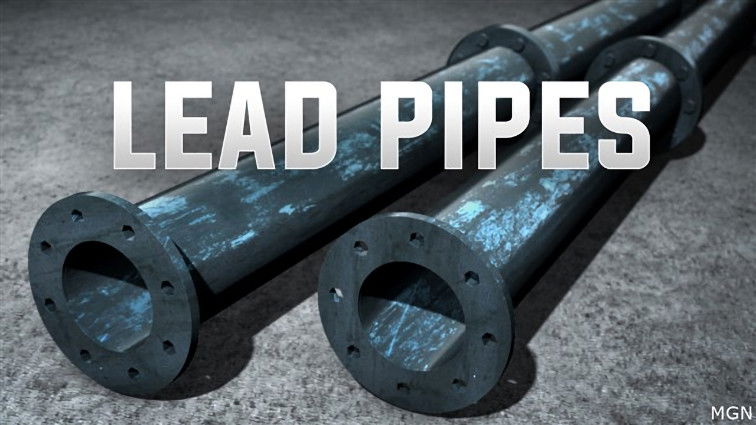Wyden, Merkley announce $37 million in federal funds to replace lead, copper water pipes across Oregon

WASHINGTON (KTVZ) -- Senators Ron Wyden and Jeff Merkley announced Monday a federal investment of $37 million from the Bipartisan Infrastructure Law to replace lead and copper water pipes across Oregon that have been known to cause serious health issues.
“The science is clear - there is no safe level of lead in drinking water,” Wyden said in a news release. “I am very grateful to see more than $37 million from the Bipartisan Infrastructure Law ensure that Oregonians always have access to clean drinking water in our schools, homes, and places of work. This funding proves that investing in infrastructure means investing in the health and wellbeing of Oregonians for generations to come.”
“Oregonians in every corner of the state should be able to turn on their tap without fear of lead contamination in their drinking water,” Merkley said. “These federal funds will allow for the replacement of lead pipes around the state and improve our water infrastructure systems—a top concern I hear about in the town halls I hold in every county in Oregon. I’ll continue to do all I can ensure every community in Oregon and across the U.S. has reliable access to safe, clean drinking water.”
The federal investment is through the Environmental Protection Agency’s Drinking Water State Revolving Fund, and is intended to help replace all lead water pipes from Oregon's water supply within the next 10 years.
Wyden and Merkley have long been champions for more resources to address aging water infrastructure. In May, Wyden and Merkley announced $5.5 million to replace aging water delivery infrastructure in communities across Oregon. In addition, the senators have supported water pollution monitoring and wastewater upgrade projects for communities and tribes across Oregon. As chair of the Energy and Natural Resources’ Subcommittee on Water and Power, Wyden helped lead a coordinated set of hearings last year on drinking water issues to identify the federal and state jurisdictional areas that prevent addressing aging water infrastructure.